If you’re a fan of wildlife then you might want to read my blog posts on animals in Spain or animals in Italy. Now, focusing on Portugal, this beautiful country has a unique blend of native wildlife and species introduced from other regions.
Whether you’re exploring the mainland, Madeira, or the Azores, Portugal’s vast landscapes hold plenty of wild creatures worth seeing. If you feel any are missing from the list, please do get in contact and let me know, I’ll be sure to add them.
1) Lynx
The Iberian lynx is one of the most striking and endangered animals in Portugal, and while sightings are rare, they are indeed possible in places like the Malcata mountains. The lynx has beautiful, tufted ears and a distinctive ruff of fur around its face, which contributes to its charismatic look.
Although sightings are scarce due to its endangered status, spotting one is a privilege and a sign of Portugal’s conservation efforts, which are focused on boosting its population. Remember, as beautiful as they are, these wild cats prefer to keep their distance, so you should too!
2) Wild Goat
A common sight in rural areas and the countryside, wild goats in Portugal are resilient animals that have adapted well to the rugged terrain. These hardy creatures are often spotted on scenic road trips through Portugal’s more remote areas, especially if you venture into mountainous regions. Their sure-footed nature allows them to navigate rocky landscapes, adding an authentic touch of wildlife to Portugal’s rural scenery.
3) Iberian Wolf
The Iberian wolf is a subspecies of the grey wolf, unique to the Iberian Peninsula, but it is sadly becoming less common, so don’t expect to spot one (not that you’d want to after a few drinks on the way home). Fewer than 300 are believed to remain in Portugal, primarily inhabiting the northern regions.
Though wolves typically avoid human interaction, their survival is precarious, as they can fall victim to human-wildlife conflicts. Conservationists urge people not to feed them, as habituation to humans could increase risks of conflict, putting the wolves at further risk as they start approaching bins and picnic areas.
4) White Stork
The white stork is a familiar and majestic sight in Portugal, often seen nesting high on telegraph poles, church steeples, and cliff edges. Recognisable by its red beak and legs, this bird is known for its large nests, often reused and added to year after year.
Portugal serves as a breeding ground for these birds, and their migrations are eagerly anticipated each year as a sign of seasonal change. I spotted one in Lisbon, but it’s a blurry memory from when I was 16 years old.
5) Man O’ War
These aren’t something you want to swim into when in the sea! Despite its jellyfish-like appearance, the Portuguese Man O’ War is actually a colonial organism made up of individual zooids, which work together as one entity (so alien like).
These floating, venomous creatures can be found in Portuguese waters, where their stings are a risk to swimmers. We actually found one washed up on a beach in Wales once and were warned to keep a big distance.
6) Madeira Laurel Pigeon
This pigeon species, native to Madeira, is actually relatively rare to spot (but they do have more common pigeons), as it is found nowhere else in the world.
The Madeira laurel pigeon’s conservation status has improved in recent years, thanks to habitat protection efforts, but it remains an important symbol of Portugal’s unique avian biodiversity. Look out for its distinctive purplish plumage if you’re visiting Madeira’s lush laurel forests.
7) Azorean Bat
No freaking out now, bats are actually very cute when not flying into your face. Native to the Azores, the Azorean bat is the only mammal species endemic to the archipelago. As an insect-eater, it plays an important role in local ecosystems by helping control insect populations (eat up all those mosquitos would you?).
Found primarily in dry forest areas, this species is currently endangered, making it a rare and remarkable sight for those visiting the Azores.
8) Iberian Fox
The Iberian fox, or Vulpes vulpes silacea, is a subspecies of red fox that can be found across Portugal and parts of North Africa. Recognised for its resourcefulness (much like the fox we see in the UK), the Iberian fox is well-suited to rural and urban areas alike (expect a few to raid your bins at night). Foxes are naturally cautious around humans but may venture closer to city areas in search of food.
9) Chickens
There are plenty of poultry farms, with chickens galore. This will also make up most of your culinary dishes, but this feels like the wrong time to talk about meat and food! Portugal has a rich culinary tradition featuring chicken, so it’s no surprise they are a staple in Portuguese agriculture.
10) Western Hedgehog
Often referred to as the European hedgehog, this small, nocturnal creature is widespread across Portugal and known to wander into gardens at night. Their spiky appearance might make them look formidable, but they’re harmless, shy creatures. Often sneaking into gardens, make sure not to step on one!
11) Eurasion Otter
This semiaquatic mammal often goes viral on youTube for its lovable appearance as they float on their back in water or holding hands with their partner. Who doesn’t love an otter??
12) Common Genet
This cat like carnivore is known for its crazily long tail, stretching around 40 centimetres. The common genet, a small carnivorous mammal, resembles a cat but has a much longer, striped tail and an unmistakable spotted coat.
Introduced from Africa, the Genet can also be found on the Balearic Islands. With a slinking movement and unique markings, they’re quite a spectacle, but I’ve not seen one to date.
13) Egyptian Mongoose
Despite its name, the Egyptian mongoose has established itself in Portugal, particularly in the southern regions. This species, known for its snake-hunting ability (plenty of animal videos showing this), thrives in the warmer Mediterranean climate.
They live for around 12 years, although some have been known to reach 20! It’s best to observe these nimble creatures from a safe distance, you don’t want to get nipped in the arm.
14) Viperine Snake
The Viperine Snake, or Natrix Maura, is a water snake (I just shuddered), however despite its name it is not actually part of the viper family.
Although it might look a bit intimidating, it poses no threat to humans. Named for its appearance rather than any venomous traits, this species is part of Portugal’s rich reptilian fauna and a fascinating creature to observe if you’re near water habitats.
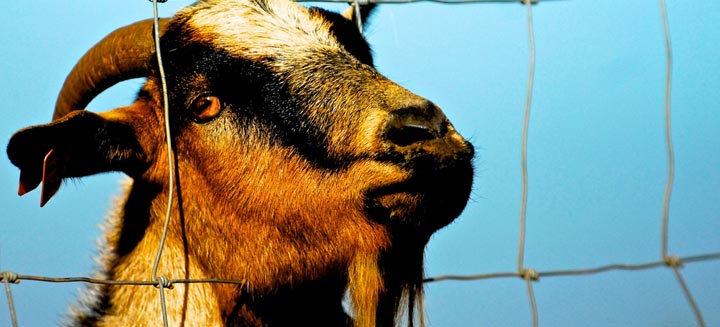
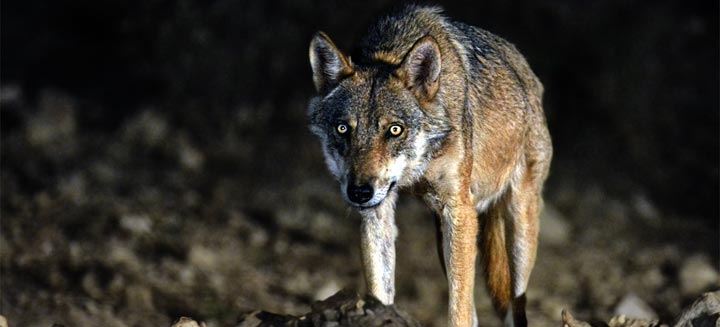
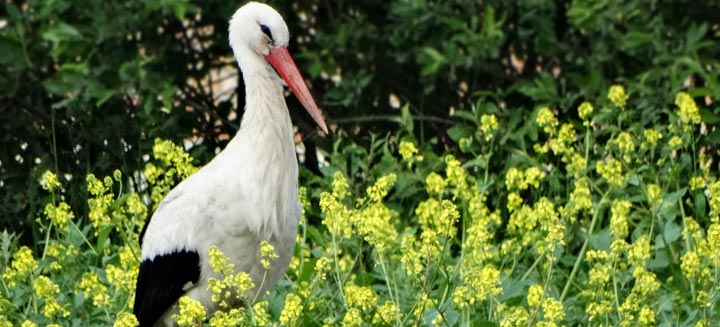
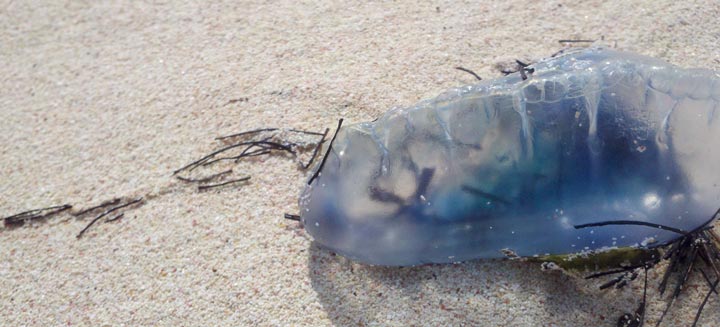
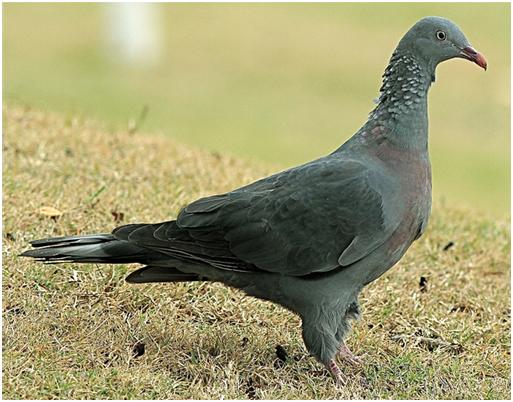
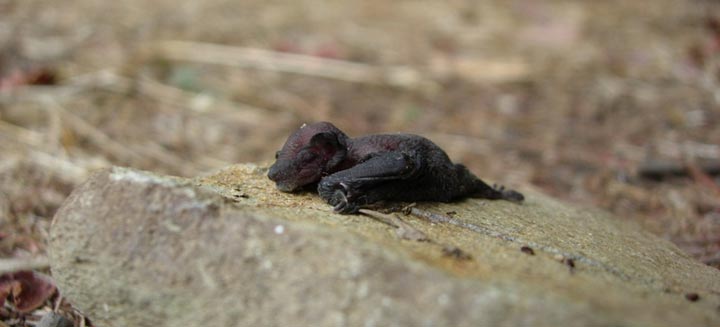
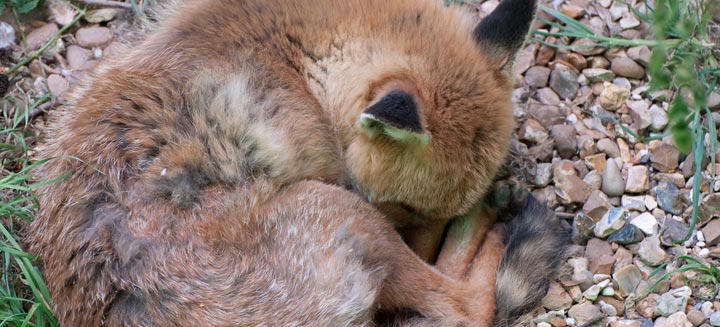
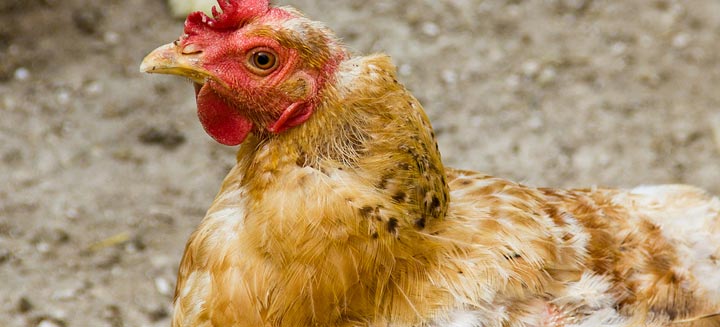
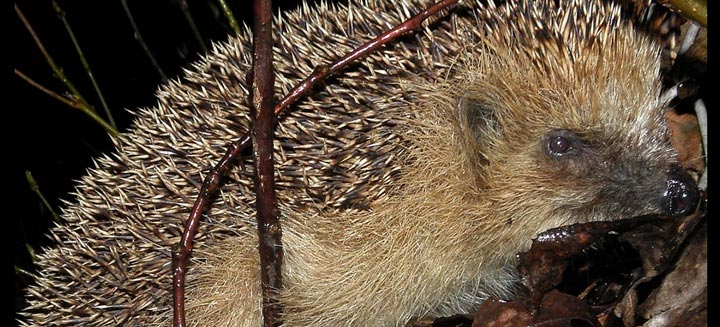
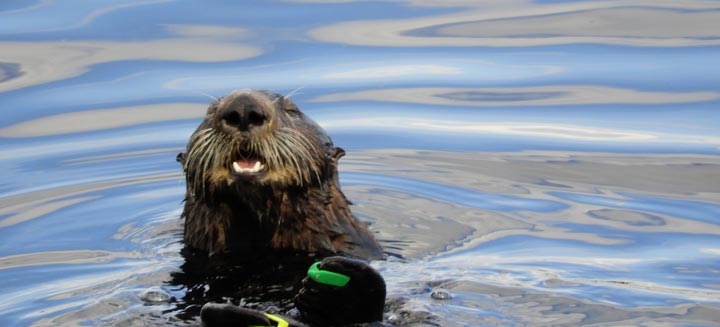
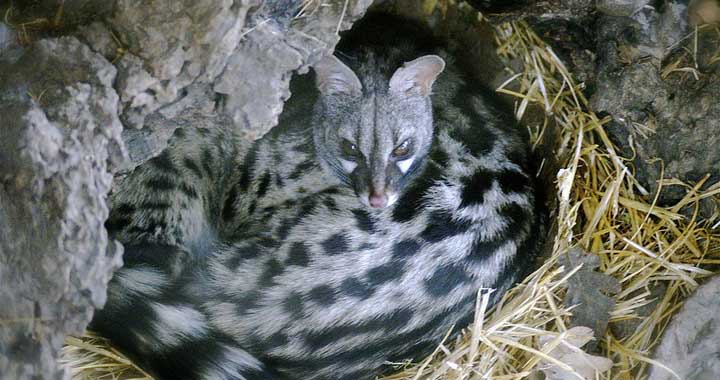
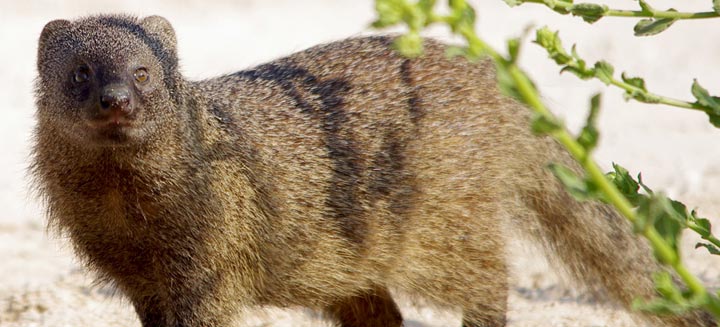
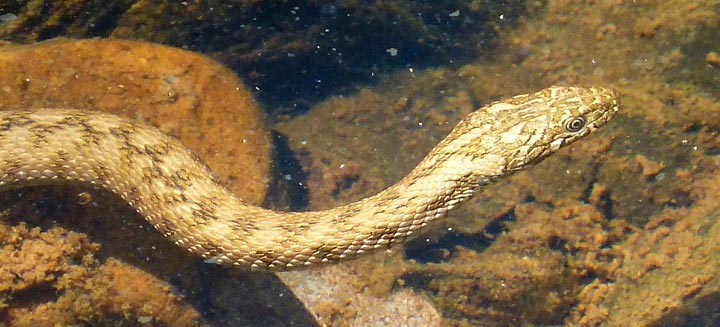
this kid in my class is from porugal and i want to talk to him but i dont know what he is saying
I wish there were at least 25 animals on this list